I am working on a water monitoring system that needs to read ph in ADC of microcontroller(0-3.3V)
I understand how ph sensors work...just -.41V(0ph) to +.41V(14ph)...
I have an understanding of designing the circuit to amplify and scale this so that the microcontroller can read it.
Is there a significant advantage using a 5V microcontroller to get a larger voltage range? The micro I want to use is 3.3V with max 3.6V on the ADC, 12 bits. If I chose a 5V micro or off chip ADC, would I get more accurate results? Obviously the amp circuit will be a factor here, but consider it the same circuit with different gains etc...
How can I supply negative voltage to the op amps? This will be in an embedded system and will have access to 120VAC input. Are there negative voltage regulators that supply enough power for an opamp and that can get me negative voltage w.r.t ground?
